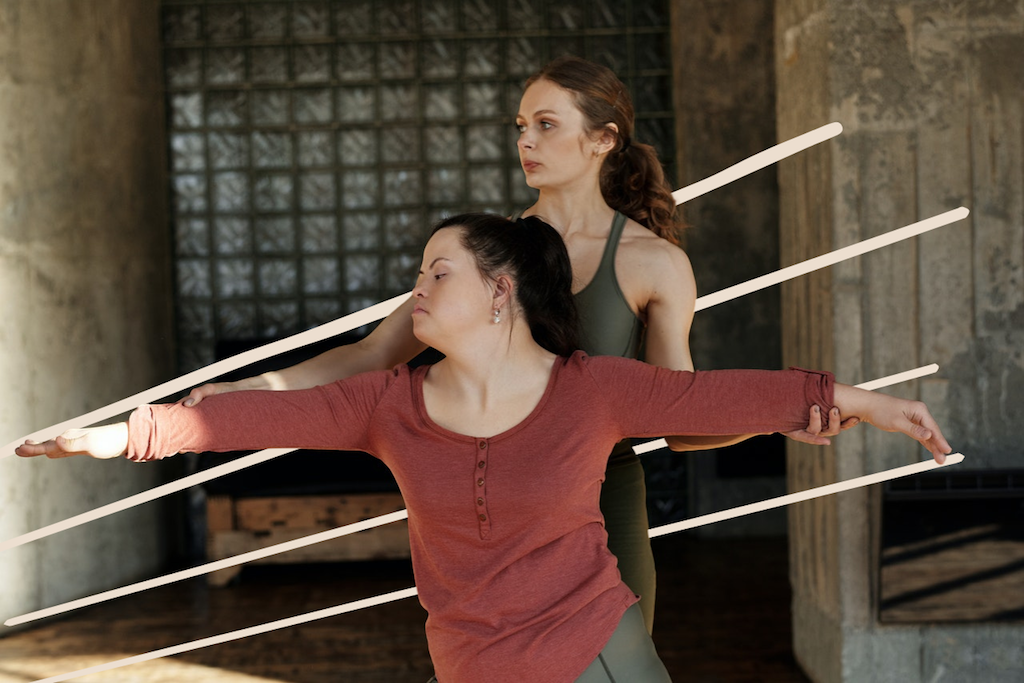In recent years, the demand for personal trainers has grown significantly as people become more health-conscious and fitness-focused. And with that growth has come opportunity, primarily with those already with a keen interest in fitness to channel that interest into something concrete and financially lucrative, helping you keep fit while earning money. What’s not to love?
Should you have arrived here – via the treadmill – and are wondering just what (and how long) it takes to become a personal trainer, then you’ll find the answer below…
Requirements To Become A Personal Trainer
To become a personal trainer in the UK, you need specific qualifications and some experience in the fitness industry. The essential qualifications include:
- Level 2 Diploma in Instructing Exercise and Fitness or Level 2 Certificate in Fitness Instructing: This entry-level qualification allows you to work as a fitness instructor and is a prerequisite for pursuing a Level 3 Personal Training course. You’ll learn topics such as anatomy & physiology, principles of fitness, planning gym-based exercise and more.
- Level 3 Certificate in Personal Training: This qualification enables you to work as a personal trainer and design effective training programs for clients. It is important to have this certificate accredited by a reputable organisation such as UK Coaching or the Chartered Institute for the Management of Sport and Physical Activity (CIMSPA).

The level 3 diploma in personal training is far more in-depth than the level 2 course, although it covers some of the same topics. You’ll learn applied anatomy & physiology, nutrition, programme design and more. Throughout this course you’ll learn everything you need to know to effectively train someone on a one-to-one basis.
- First Aid Certificate: It is common for personal trainers to have a first aid certificate that includes cardio-pulmonary resuscitation (CPR).
While direct experience is not mandatory to become a personal trainer, having qualifications and experience as a fitness coach or gym instructor can be beneficial. As a self-employed personal trainer, you will likely enter an arrangement with a local gym or leisure centre, so having the Level 3 qualification and a client base are crucial.
The duration of personal training courses in the UK can range from as little as five weeks to over two years, depending on the training provider. Once qualified, it is essential to obtain personal trainer insurance, including public liability insurance and professional indemnity insurance.
As you progress in your career, you can consider completing a Level 4 personal trainer course to specialise in specific areas of fitness like strength and conditioning, or coaching. Undertaking these advanced qualifications will not only boost your income but open you up to a wide range of opportunities, whether it be opening your own gym that specialises in weight training or coaching professional sports teams.
The majority of candidates will sign up to a combined level 2 & 3 diploma in gym instructing and personal training. This is effectively the 2 separate qualifications combined into one diploma, once complete the individual will be a fully qualified personal trainer.
Read: 4 IDEAL reasons to become a personal trainer
The Different Types Of Personal Training Course
Whatever format you choose, the qualification you need to get will be the same. So, whether you prefer classroom, blended or distance learning, you’ll need to ensure you sign up for a fully accredited level 3 diploma in gym instructing and personal training.
The qualifications you want to look for will be accredited by one of a number of awarding organisations such as Active IQ, YMCA, Transcend or Focus.
These awarding organisations are all in turn accredited by OFQUAL. Make sure you double check that the company you sign up with offers a course that is accredited by an awarding organisation that is accredited by OFQUAL.
Classroom or face-to-face courses appeal most to people because you get a fully coached experience from start to finish. You’ll likely have to take time off work and travel to a centre where the courses are offered. These can be full or part-time, with full time being Monday to Friday, 9-5, and part-time being at weekends or some weekdays spread out over a period of time.
The main advantages of this are that you have an experienced coach teaching you everything you need to know. The downsides are that you need to take time off work, travel and these are the most expensive types of course, because the provider needs to pay a teacher and pay for the classroom/gym where the course is held.

That said, remote learning in the form of an online personal trainer course has become increasingly popular in recent years, especially since the pandemic because advances in technology and people’s preferences have evolved. An online personal trainer course is ideal if you want to fit your studying around a full-time job or other commitments because you can just open your laptop in the evening and do a couple of hours of studying.
These types of courses tend to be much more affordable because a full time teacher and location are not required. The main downsides are a lack of in-person coaching and you need to motivate yourself to study. The main advantages are cost and flexibility, and with advances in technology a lot of the learning experience is just as efficient as in-person coaching.
Blended learning is a combination of the two. You would have the majority of your course delivered online with a number of in-person or online workshops throughout the course. This can be a great approach if you still want in-person coaching on some of the important aspects of the course but you’re happy working through the majority of it yourself.
Cost wise these tend to sit in-between the two other options and with some providers the workshops are optional extras that you can pay to attend, which gives you the flexibility of just attending and paying for the ones you want to.
Register With A Professional Body
Once you have obtained the necessary qualifications, it’s essential to register with a professional body, such as the Register of Exercise Professionals (REPs) or the Chartered Institute for the Management of Sport and Physical Activity (CIMSPA). Registration provides recognition of your skills and qualifications and demonstrates your commitment to maintaining high professional standards. It also offers access to resources, networking opportunities, and continuing professional development (CPD) courses to help you stay current in the industry.

How Long Does It Take To Become A Personal Trainer?
And so, to the million dollar question…
With all the information above, hopefully you can make an informed decision now about the type of course you’d like to go for, but how long will it take to get qualified?
With the below timescales we are referring to the combined level 2 & 3 diploma, on average the level 2 would take 40% of the time and level 3 would take 60% of the time.
With a classroom-based course, if it is full-time you can expect to complete the course in as little as 6 weeks. If it is part-time this will likely be around two to three times longer because classroom days will be spread out over weekends dependent on availability.
Blended and online courses depend much more on your motivation levels and the time you have available to study. If you work full time towards an online course then you could expect to complete it in as little as 6 weeks, however the average is more like 4-5 months. With a blended course you have less flexibility to work through at your own pace because you still need to attend the workshops that are spread out through the course in order to complete it.
And with that, we’ll see you first at the library and then in the gym?





